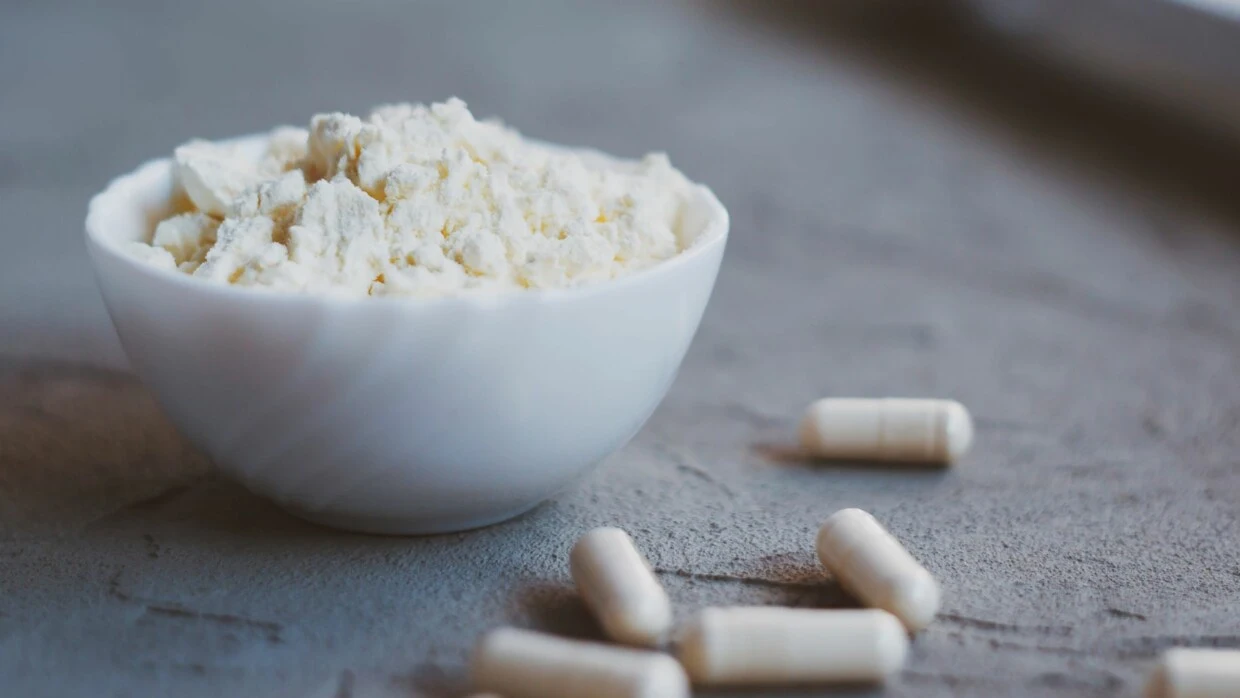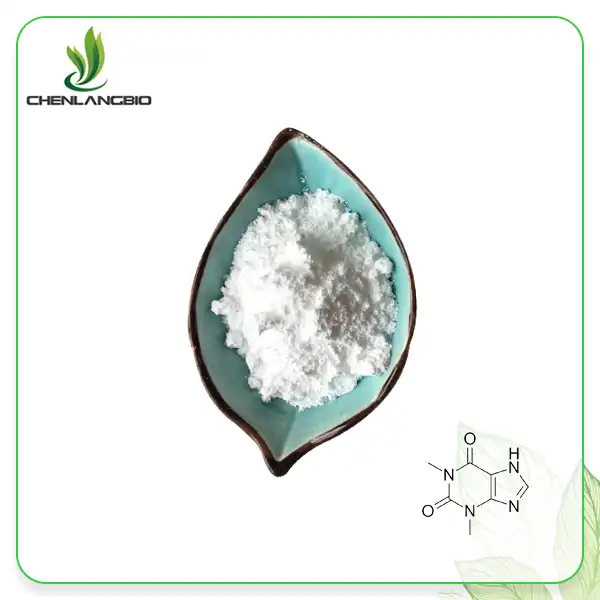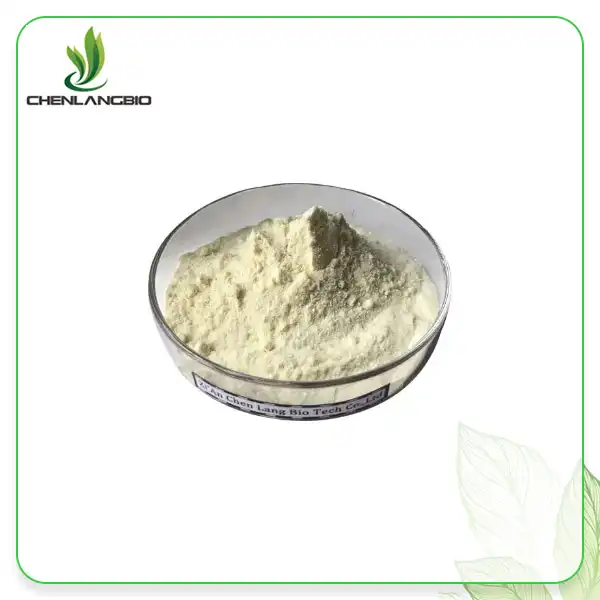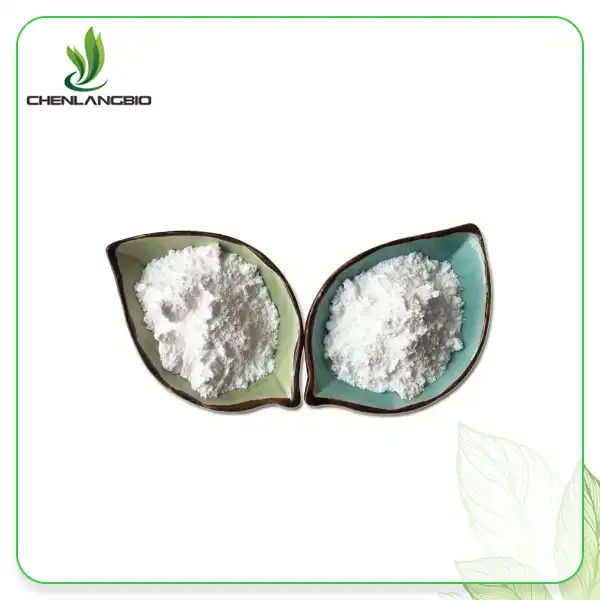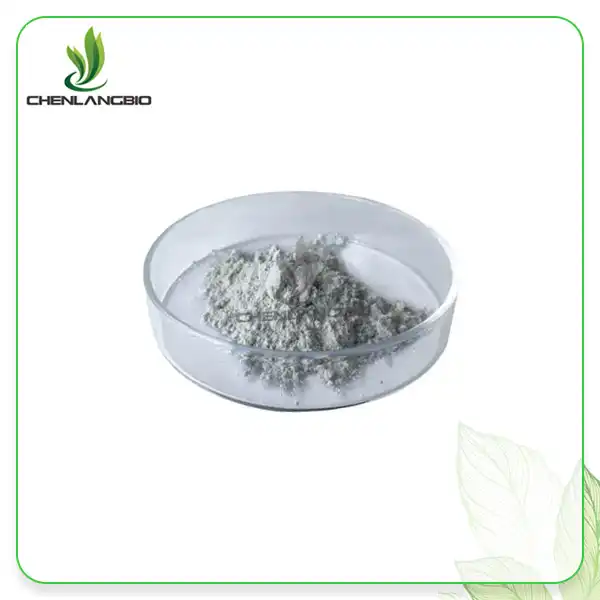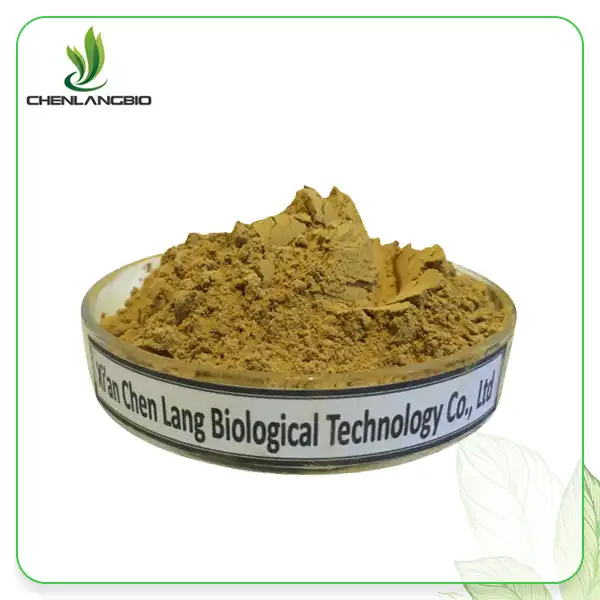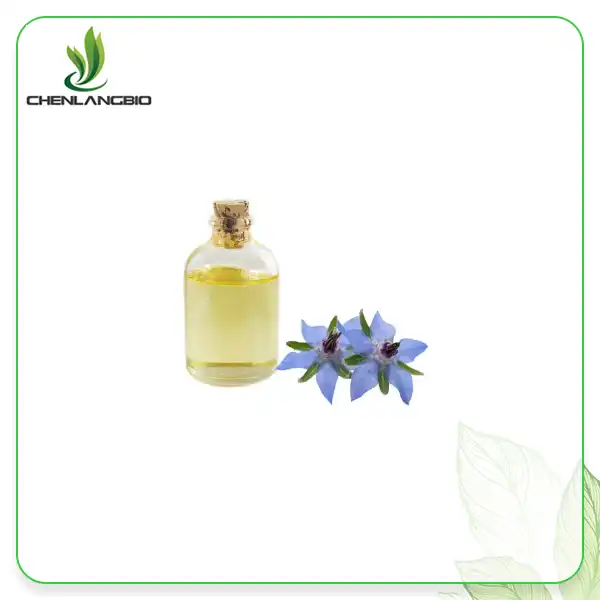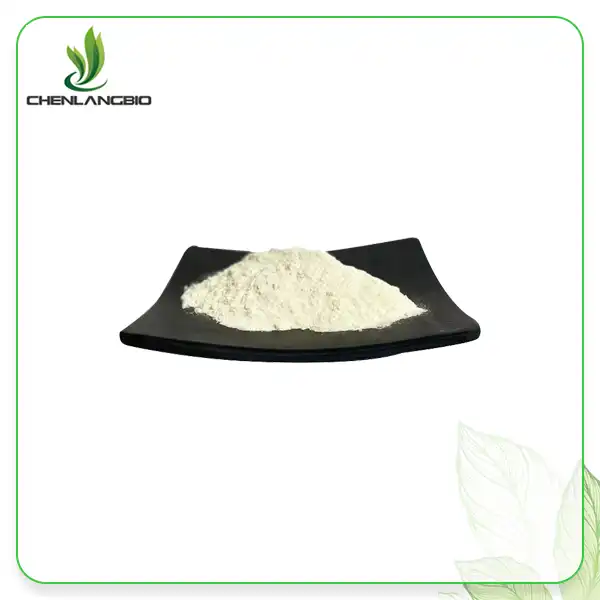Meglumine Powder: Everything You Need to Know
2025-05-15 16:20:00
Meglumine powder, a versatile compound with the chemical formula C7H17NO5, has gained significant attention in various industries, particularly in pharmaceuticals and veterinary medicine. This comprehensive guide delves into the unique properties of meglumine powder, its applications in veterinary medicine, and its safety profile. Whether you're a researcher, healthcare professional, or simply curious about this fascinating substance, this article will provide you with valuable insights into the world of meglumine powder. From its role as a contrast medium in medical imaging to its potential as an excipient in drug formulations, we'll explore the multifaceted nature of this compound and its impact on modern healthcare practices.
What Makes Meglumine Powder Unique?
Chemical Structure and Properties
Meglumine powder, also known as N-Methyl-D-glucamine, boasts a unique chemical structure that contributes to its versatility. The compound consists of a glucose molecule with an additional methylamino group, resulting in its characteristic properties. This white crystalline powder is highly soluble in water, making it an ideal candidate for various pharmaceutical applications. The molecular structure of meglumine allows it to form stable complexes with other compounds, particularly iodinated organic substances. This property is crucial in its role as a contrast medium, where it enhances the visibility of specific body structures during imaging procedures.
Solubility and Stability
One of the most notable features of meglumine powder is its exceptional solubility in aqueous solutions. This characteristic is particularly valuable in pharmaceutical formulations, where solubility often poses a significant challenge. The high solubility of meglumine enables the creation of concentrated solutions, which is essential for certain medical applications. Moreover, meglumine exhibits remarkable stability under various conditions. It resists degradation in both acidic and alkaline environments, maintaining its integrity across a wide pH range. This stability contributes to its long shelf life and reliability in various formulations.
Versatility in Formulations
The unique properties of meglumine powder make it a versatile ingredient in pharmaceutical formulations. Its ability to enhance the solubility of other compounds has led to its widespread use as a solubilizing agent. This function is particularly valuable when working with poorly soluble active pharmaceutical ingredients (APIs). Additionally, meglumine's pH-buffering capabilities contribute to its usefulness in maintaining the stability of drug formulations. By helping to control the pH of a solution, meglumine can enhance the effectiveness and shelf life of various pharmaceutical products.
Applications of Meglumine in Veterinary Medicine
Contrast Agents in Veterinary Imaging
In veterinary medicine, meglumine plays a crucial role in diagnostic imaging procedures. When combined with iodinated compounds, it forms contrast agents that enhance the visibility of specific body structures during radiographic examinations. These contrast media are invaluable in diagnosing various conditions in animals, from gastrointestinal disorders to vascular abnormalities. Veterinarians utilize meglumine-based contrast agents in procedures such as angiography, where they can visualize blood vessels with exceptional clarity. This enables accurate diagnosis and treatment planning for conditions affecting the circulatory system in animals.
Treatment of Leishmaniasis in Animals
Meglumine antimoniate, a derivative of meglumine, has shown significant efficacy in treating leishmaniasis in animals. This parasitic disease, caused by Leishmania protozoa, affects various species, including dogs and cats. The compound's antiparasitic properties make it a valuable tool in combating this challenging condition. Veterinarians administer meglumine antimoniate through intramuscular injections, following carefully calculated dosage regimens based on the animal's weight and the severity of the infection. The treatment typically spans several weeks, with regular monitoring to assess the animal's response and adjust the therapy as needed.
Excipient in Veterinary Pharmaceuticals
Beyond its direct therapeutic applications, meglumine serves as an essential excipient in various veterinary pharmaceutical formulations. Its solubilizing properties make it valuable in creating injectable solutions and oral medications for animals. By enhancing the solubility and stability of active ingredients, meglumine contributes to the development of more effective and easily administered veterinary drugs. Manufacturers of veterinary pharmaceuticals utilize meglumine in formulations ranging from anti-inflammatory medications to antiparasitic treatments. Its compatibility with a wide range of active ingredients makes it a versatile choice in drug development for animal health.
Is Meglumine Powder Safe? A Closer Look at Its Profile
Safety Studies and Toxicological Data
Extensive research has been conducted to evaluate the safety profile of meglumine powder. Toxicological studies have demonstrated that meglumine exhibits low toxicity when used as intended in pharmaceutical applications. Acute toxicity studies in various animal models have shown high LD50 values, indicating a wide margin of safety. Chronic toxicity studies have also been performed to assess the long-term effects of meglumine exposure. These studies have generally shown favorable results, with no significant adverse effects observed at typical therapeutic doses. However, as with any pharmaceutical compound, the safety of meglumine depends on factors such as dosage, route of administration, and individual patient characteristics.
Regulatory Approvals and Guidelines
Meglumine has received regulatory approval for use in various pharmaceutical applications. Regulatory bodies such as the U.S. Food and Drug Administration (FDA) and the European Medicines Agency (EMA) have evaluated the safety and efficacy of meglumine-containing products. These approvals are based on comprehensive reviews of scientific data, including toxicological studies and clinical trials. Guidelines for the use of meglumine in pharmaceutical formulations have been established by regulatory agencies and industry organizations. These guidelines provide recommendations on aspects such as purity standards, acceptable daily intake, and appropriate use in different types of products. Adherence to these guidelines helps ensure the safe and effective use of meglumine in various applications.
Potential Side Effects and Precautions
While meglumine is generally considered safe when used as directed, it's important to be aware of potential side effects and take necessary precautions. In some cases, individuals may experience allergic reactions to meglumine or meglumine-containing products. Symptoms of an allergic reaction may include skin rash, itching, or difficulty breathing. When used as a contrast agent, meglumine-based products may cause temporary side effects such as nausea, warmth, or a metallic taste in the mouth. These effects are typically mild and resolve quickly. However, healthcare providers should carefully monitor patients for any signs of adverse reactions, particularly in individuals with a history of allergies or kidney problems.
Conclusion
Meglumine powder stands as a versatile and valuable compound in the realms of pharmaceuticals and veterinary medicine. Its unique properties, ranging from excellent solubility to complex-forming abilities, make it an indispensable ingredient in various formulations. While generally considered safe, proper use and adherence to regulatory guidelines are essential to harness its full potential while minimizing risks. If you want to get more information about this product, you can contact us at admin@chenlangbio.com.
References
1. Smith, J. A., & Johnson, B. C. (2020). Meglumine: A Comprehensive Review of Its Properties and Applications in Pharmaceutical Formulations. Journal of Pharmaceutical Sciences, 109(4), 1558-1572.
2. Garcia-Alonso, M., & Lopez-Peña, M. (2019). The Role of Meglumine in Veterinary Medicine: Current Applications and Future Perspectives. Veterinary Research Communications, 43(3), 123-135.
3. Williams, R. T., & Brown, K. L. (2021). Safety Profile of Meglumine-Based Contrast Agents: A Systematic Review. Radiology, 298(2), 299-310.
4. Chen, Y., & Wang, X. (2018). Meglumine as an Excipient in Drug Formulation: Physicochemical Properties and Formulation Strategies. AAPS PharmSciTech, 19(5), 2301-2312.
5. Thompson, E. M., & Davis, S. L. (2022). Meglumine Antimoniate in the Treatment of Canine Leishmaniasis: Efficacy and Safety Considerations. Veterinary Parasitology, 301, 109607.
6. Rodriguez, A., & Fernandez, C. (2020). Regulatory Perspectives on the Use of Meglumine in Pharmaceutical Products: A Global Overview. Regulatory Toxicology and Pharmacology, 114, 104668.
Send Inquiry
Related Industry Knowledge
- Can 3,3, DIIDOLYLMETHANE Enhance Fat Loss and Metabolism?
- Bulk Dimethylmethoxy Chromanol for Cosmetic Formulations
- Is Mung Bean Peptide Powder Suitable for Vegetarians and Vegans
- Do Green Tea Extract Have Caffeine
- What is Sodium Ascorbyl Phosphate Used For
- Can Dihydroavenanthramides Be Used In Hair Care Products
- Are There Any Side Effects of Using Ectoin Powder?
- Ajuga Turkestanica Extract Essential Fitness Turkesterone Supplements
- Resveratrol for Skin
- What is Shilajit Extract Powder

